Manta Ray
Manta Ray also known as the Devilfish is the biggest member of the manta family. It stays near the surface of the water and glides through the oceans like a giant bat. Manta Rays can be found in western parts of the Atlantic Ocean, as well as the Pacific and Indian Oceans, where they scare fishermen. In fact, this animal is one of the most peaceful sea giants that live in the oceans.
The sight of a Manta Ray circling around a boat might seem frightening, due to its colossal size that reaches the length of 3 – 5 meters (10 – 16 ft) and width of 4,5 – 7 meters (15 – 23 ft). It might seem that this animal is a bloodthirsty predator. Many horror stories tell about Manta Rays that attack and kill divers or sink small boats, but they’re all just fruits of imagination. In reality, these sea giants are neither bloodthirsty, nor do they ever attack humans. That’s why the other common name Devilfish is in a way not deserved. It is possible, however, that a Manta Ray hits a boat when jumping out of water, but this is done unintentionally.
Manta Rays usually stay in the warmer waters of the oceans, in the shoreline or near the surface of the water. Like many mantas, they often spend a lot of time sleeping at the bottom of the ocean. When they go feeding, however, they are a common sight for tourists and fishermen, as the Manta Ray occasionally jumps out of the water or floats above the surface.
The myth about these animals being bloodthirsty predators is untrue simply because of the fact that they’re plankton feeders, much like whales. Manta Rays feed mostly on plankton and a variety of shrimps, although sometimes they happen to swallow a small fish or two. The Mantas feed by just opening their gigantic mouths and swimming forward, catching all the small creatures in the way. All the water filters through special organs and the plankton, shrimps or fish go straight to the giant’s stomach. Although the mouth is large the ray still have to maneuver as its speed is only 7 miles per hour.
Manta Rays are viviparous, meaning that the egg hatches inside the mother’s body, different from most fish that lay roe. Also differently from most fish Manta Rays give birth to just one offspring that is called a pup. The reproduction is probably like this so that the young mantas can defend themselves just after birth. Although Manta Rays don’t have teeth they still protect their young fiercely.
Manta Rays do not face immediate extinction danger – the official status of the species is Near Threatened. They also are very hard to be kept in captivity because of their large size and only one Manta Ray is known to have been born in captivity, that lived only 4.5 days to be killed by its father.
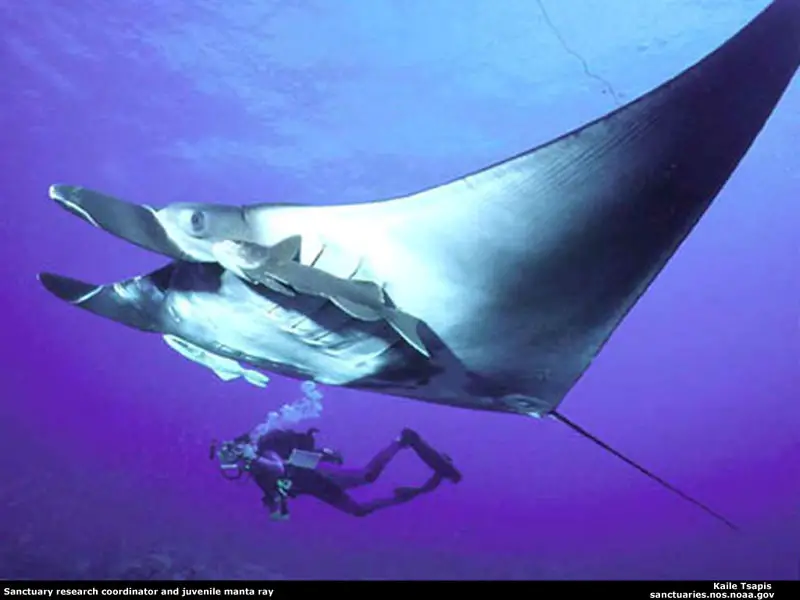
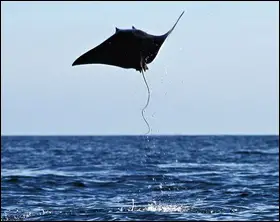
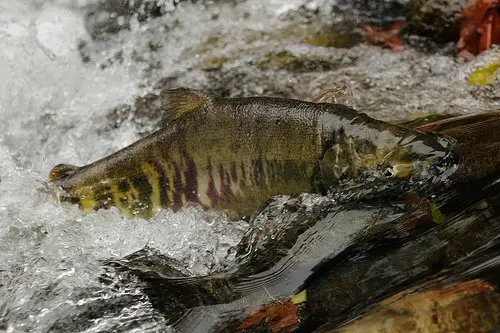
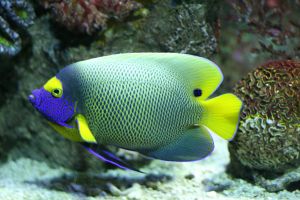
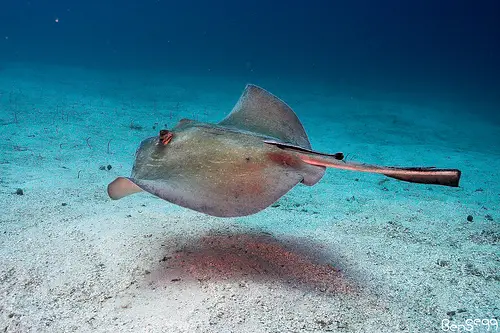
Thank you for faniny telling the world that mantas are not hameful! You just made life much easier for them!:)
Instead of haRmful, u put haMEful
Wait! A manta ray jumping out of water? That seems INSANE!
More insane if it lands on your boat. Doesn’t happen that often, though. :D